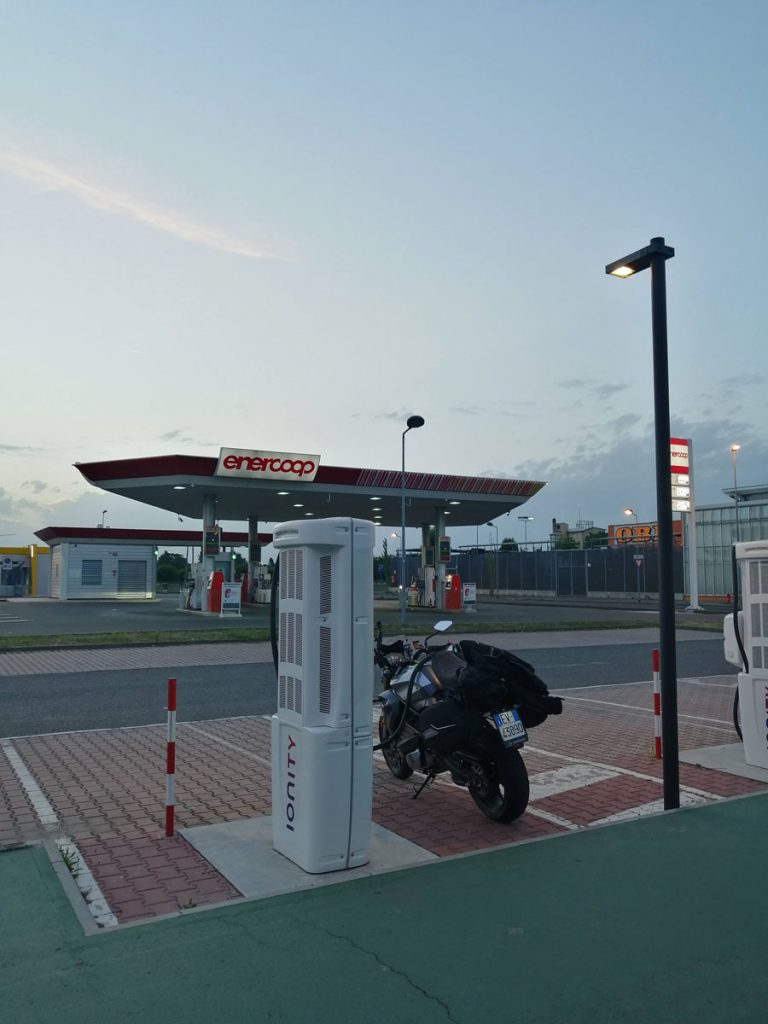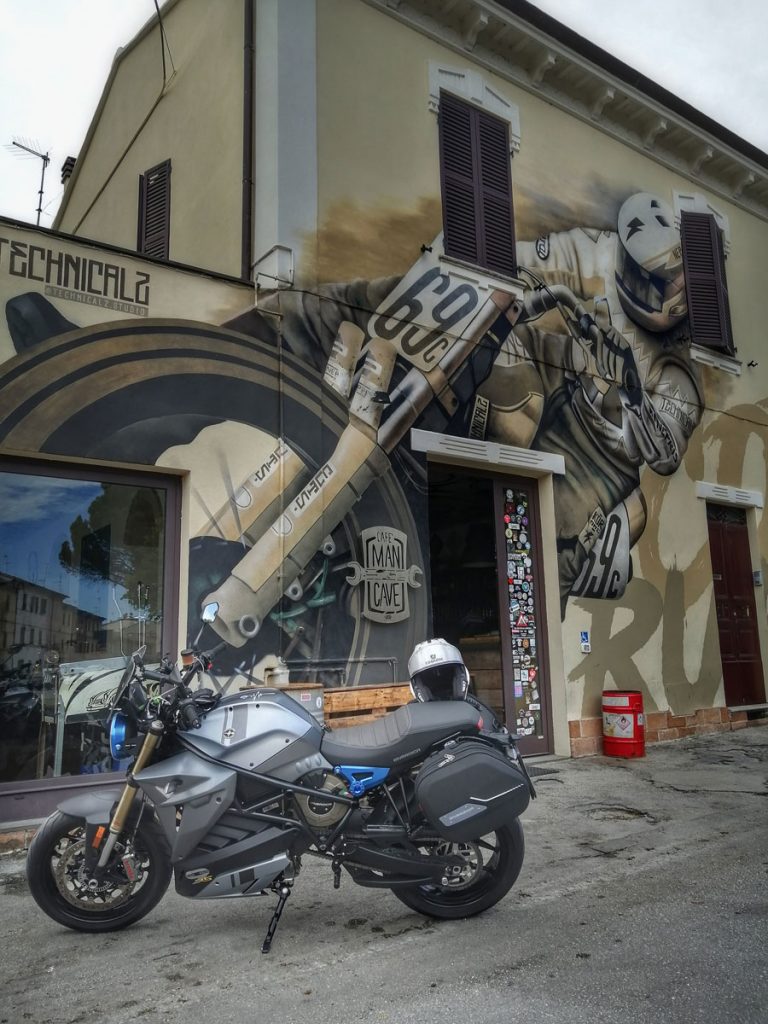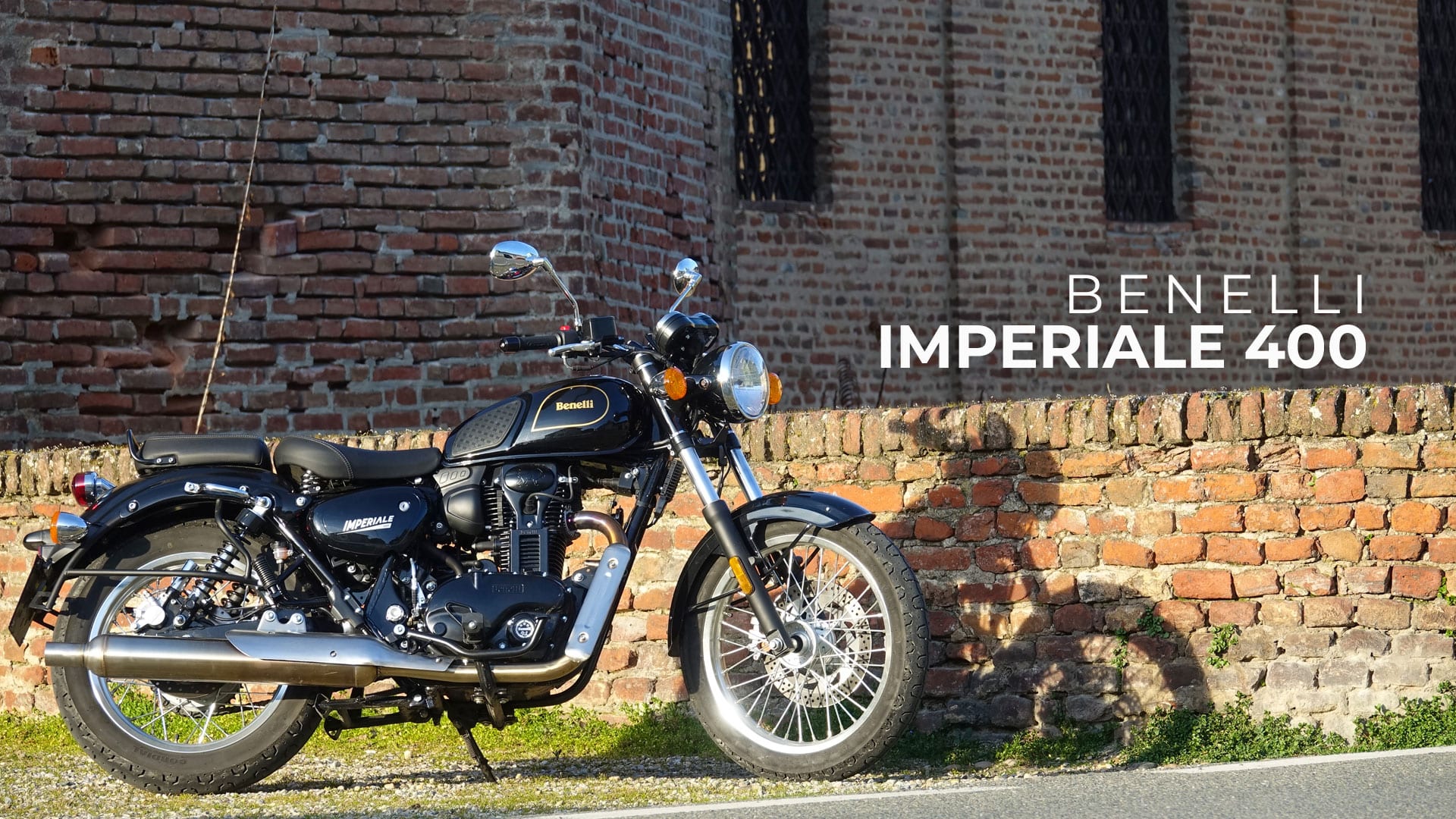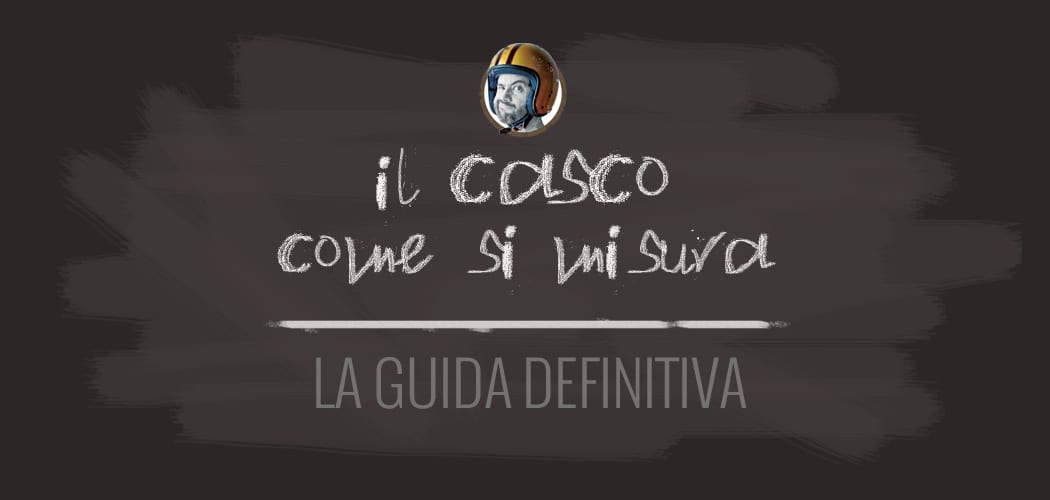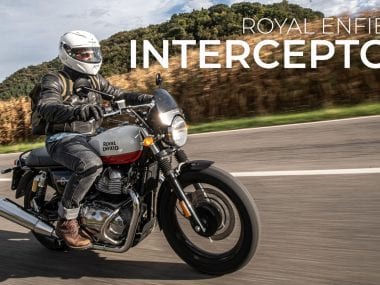The charging network in Italy is developing, but what is it like today to travel for real with an electric motorcycle?
This is the question I tried to answer three years after mine experiment of 12 months and 7000 km with an electric motorcycle.
This time I got one Energy Eva Esse Esse 9 and I went up and down my boot for answers. In a weekend I traveled 1.500 km from Milan to Imola, Ancona, Perugia, Today, Rome and then a single motorway pull from Rome to Milan.
Si può fare? Yup!
All pink and flowers? Not.
In this video I show you the whole truth and nothing but the truth about mine #electric travel 2022, while in this article I'll explain why I did it and offer you further considerations.
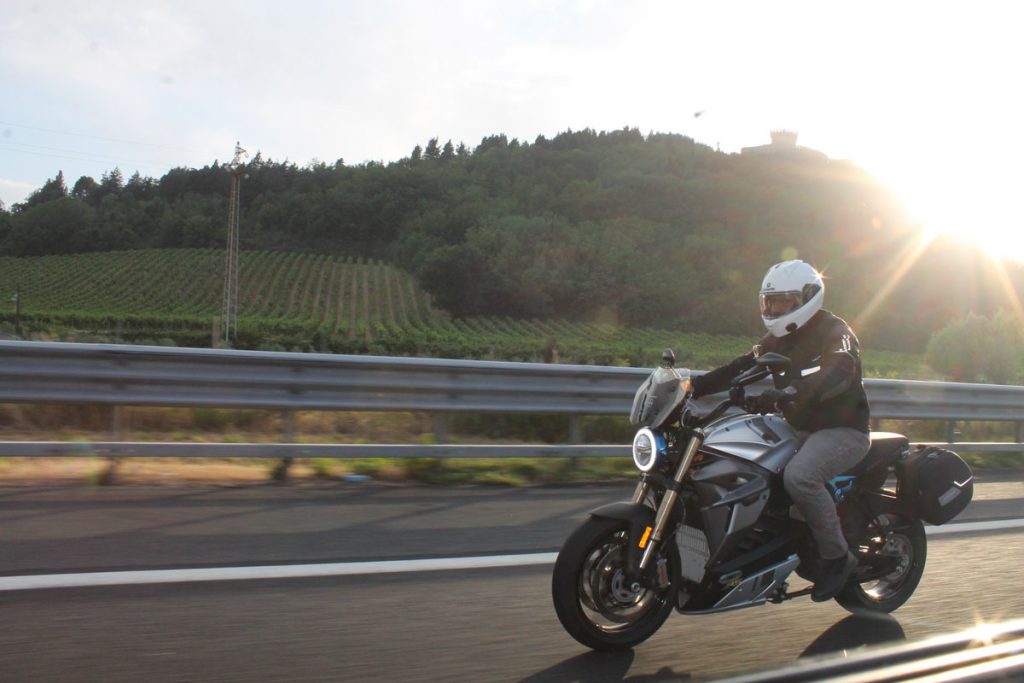
Because I did it?
Whenever I talk about electric motorcycles and every time I do travel experiments with an electric motorbike I always attract a lot of criticism and, on one side, I understand. However, I do not agree with the closed attitude of those who attack only because they do not want to hear the word electric spoken, just because it's not a real bike because it doesn't make noise etc etc. I don't see it that way. The electric is a new challenge for mobility and motorcycles are also part of it. I don't think in the next 12 years all motorcycles will become electric, but I think we will have more and more to do with it and that it will be more and more fun.
Having said that I used one for this experiment Energetic Eva that, albeit in its latest version and with a 21,4 kWh, it is not a new project but it already has eight years on its shoulders. Nonetheless, it is still an absolutely avant-garde motorcycle also because it has the possibility of recharging in direct current to the Fast columns, the only ones that allow you to cover a distance like the one I wanted to cover in the time of a weekend.
Now it can be done…
At the time when the first version of this bike was released, it would not have been possible to make a trip like this in Italy. Ti dirò di più: it would not have been possible even two years ago and, most likely not even last year. The charging infrastructure is suffering (finally) an important acceleration also thanks to the new motorway charging stations of Free To X, partner with whom I organized this trip and whom I would like to thank also because he did not in any way oblige me to recharge only at his stations, on the contrary.
The route was in fact both motorway and extra. This is because I wanted to respect the typical needs of those traveling by motorbike: for us the highway means transfer, I don't travel.
But knowing that you can count on fast top-ups at motorway service stations is undoubtedly a rosy prospect for those who want to move electrically even on two wheels.. Especially considering that the columns are normally found, alas, in areas without services.
The journey, and then, it was also possible thanks to the psycho-moral support of Facebook Group Those Who Travel Electric, in which you can find numerous questions / answers and many experiences shared by many different users. I found it very useful and I recommend it.

Morale della favola: always better, but still…
Ok, everything is fine but… in the end what I took home?
The awareness that traveling in Italy by electric is increasingly feasible today. It for those traveling by car it is already a viable choice (with all the distinctions of the case), for those traveling by motorbike there are still many sacrifices and limitations to consider. The situation is much better than it was recently: products have improved (although not by much, because they were already excellent and there is no need for a major evolution for now) and the infrastructure is improving. However, we cannot say that we are in the ideal situation, and I'll explain why.
The quality of time
Charging times are and are not a problem. They are not for a purely quantitative question, that is what is generally said: “I can't sit still for two hours… etc”. Calibrating the distances with your physiological stops, with a bike like the one I used, the alternation between the driven period and the rest period is to the advantage of the former. Put simply, you drive until you get tired, no problem. In my opinion, however, the question is qualitative. This is because stopping generates even more stress than rest. While charging you should be able to relax, connect the plug to the bike and unplug yours.
Instead you still find yourself messing around on your mobile to activate the recharge. When it starts you start checking that it actually loads at the expected speed, something not obvious because, as I explain in the video, the overheating of the battery pack caused slowdowns. And so they turn you around because you expected 30 minutes and become 50 and so on. Non solo: with the exception of the Free To X stations which are located as I said in the motorway service areas, in genere the Fast columns are located in peripheral areas as if they were hidden from view. Where obviously there is nothing to do, view, to eat…

In the city center, Tipo2 is starting to be seen everywhere, which, however, are not as fast as the Fast, but it's always better than nothing. Anyhow, however,, you have to consider that one is exposed without even a minimum shelter. The columns are always outdoors and without any shelter. I exposed the problem to whoever designs these stations and the answer was pragmatic and a little bit’ disarming: the shelters will arrive as well as other user services, but at the moment the priority is to put down more columns in the shortest possible time and if we start requesting permits for covering public land in the 2035 we are still here… In short, once again in Italy we need to turn around the bureaucracy and the slowness of the system.





